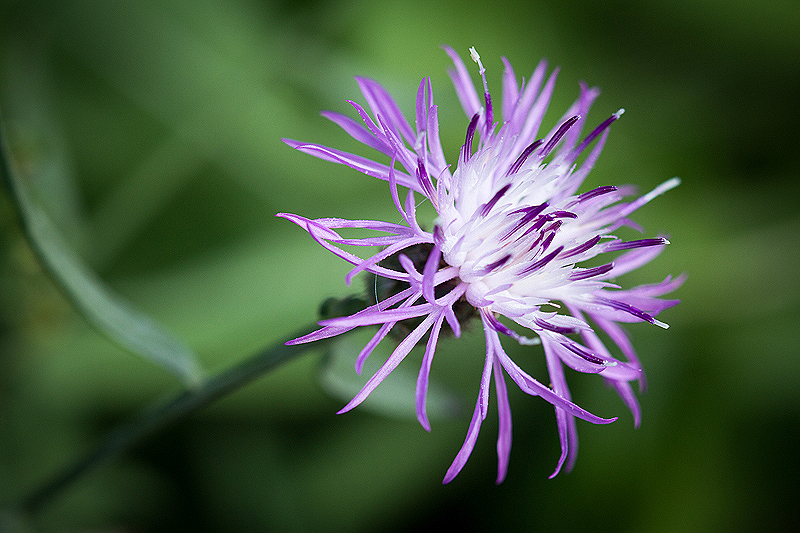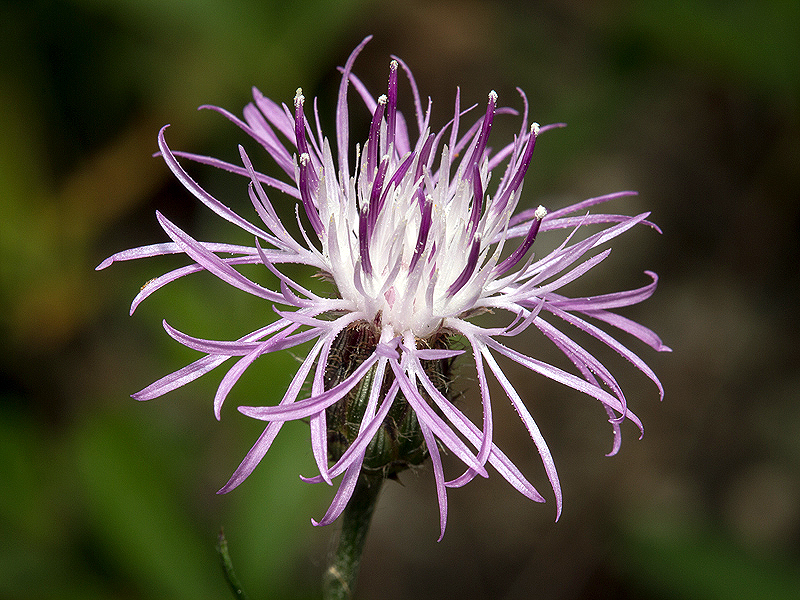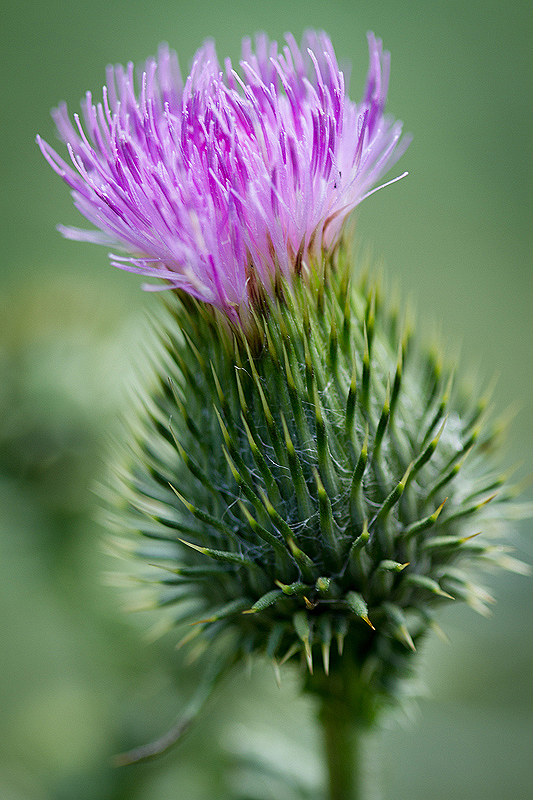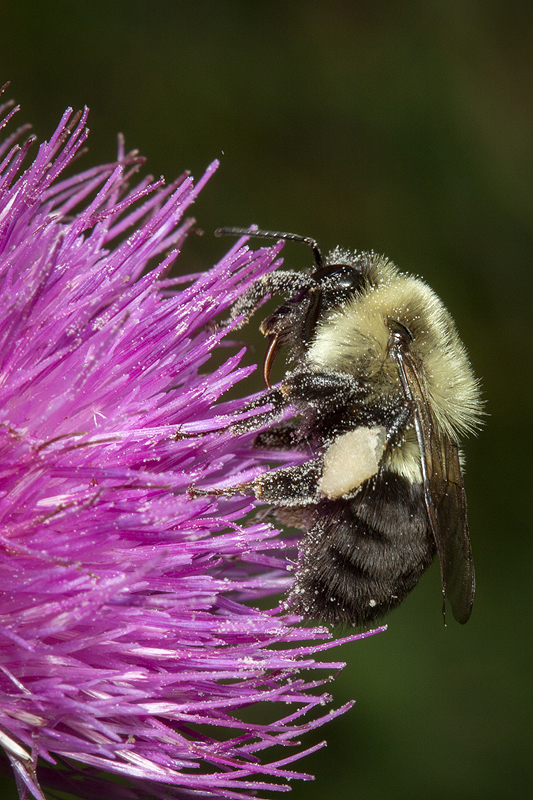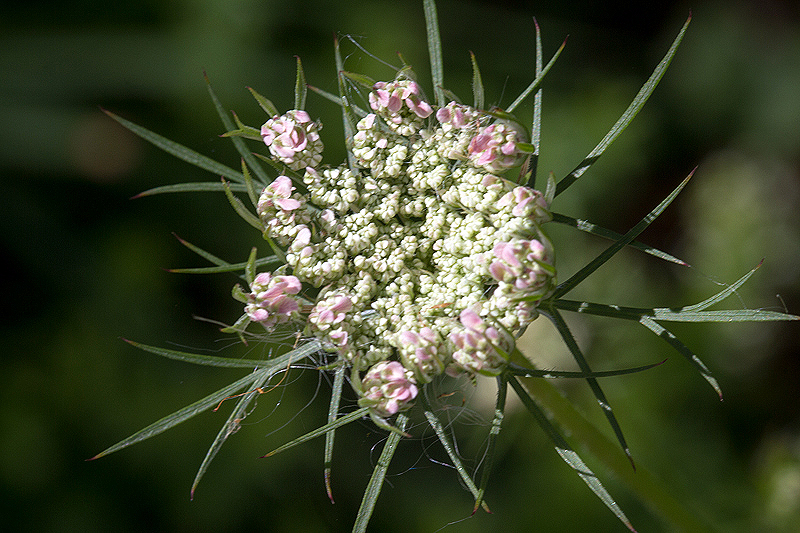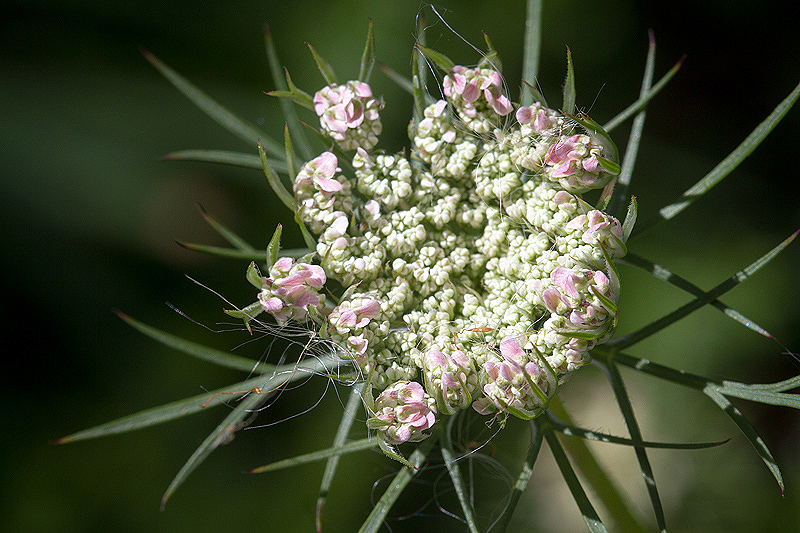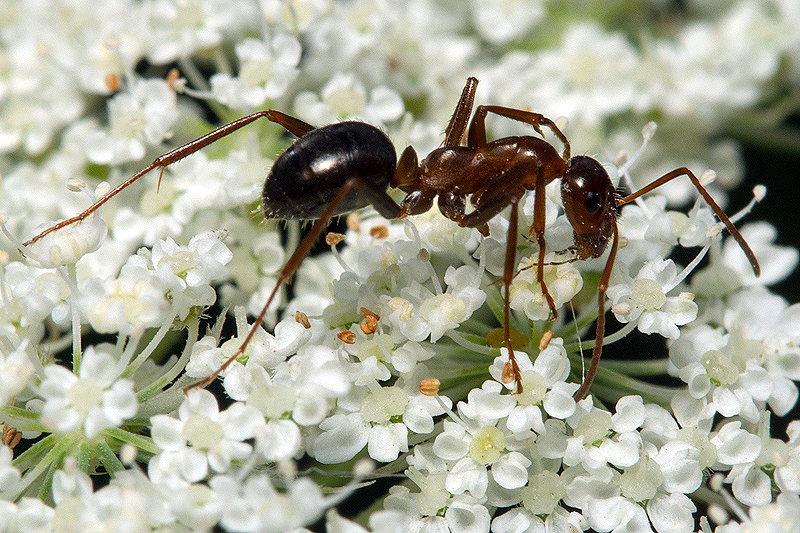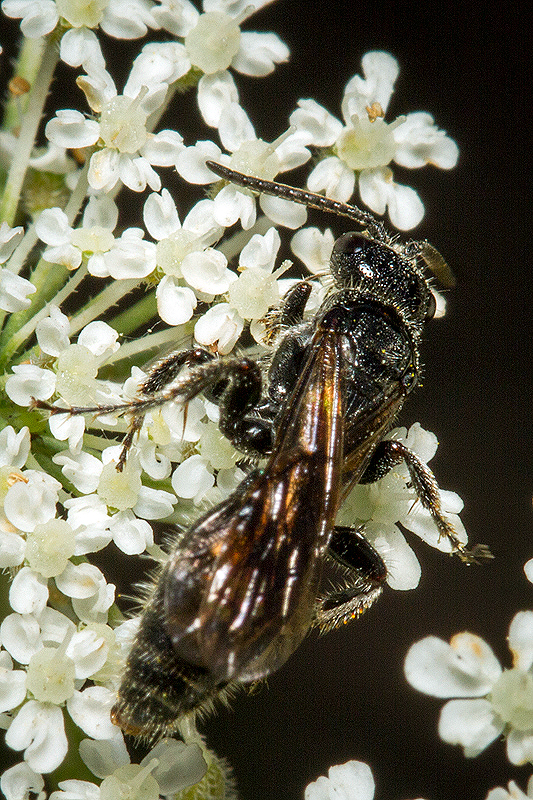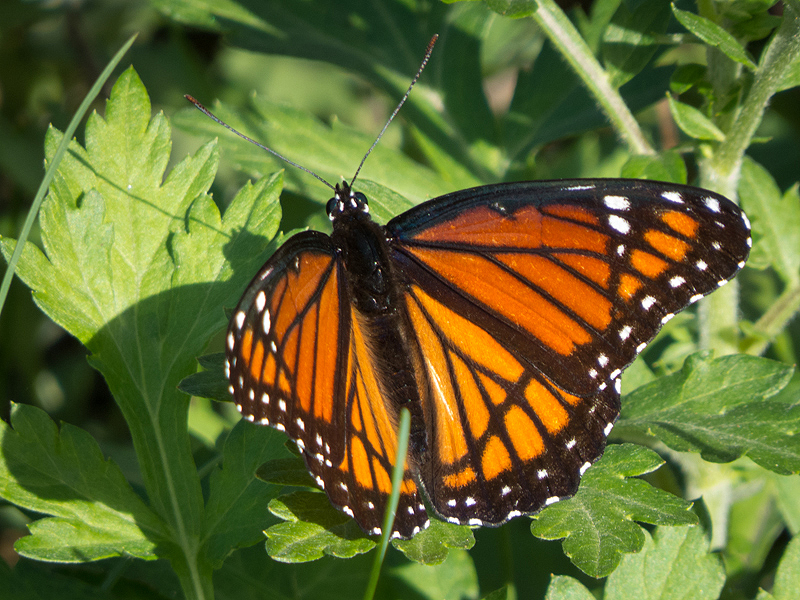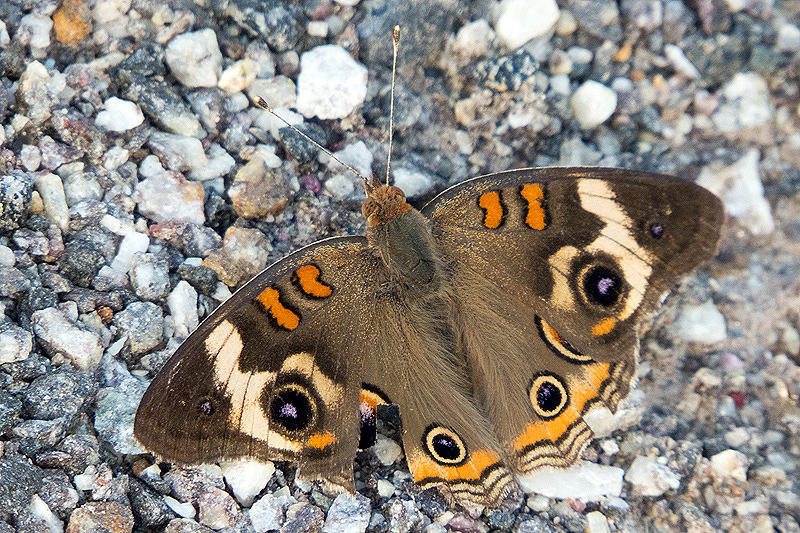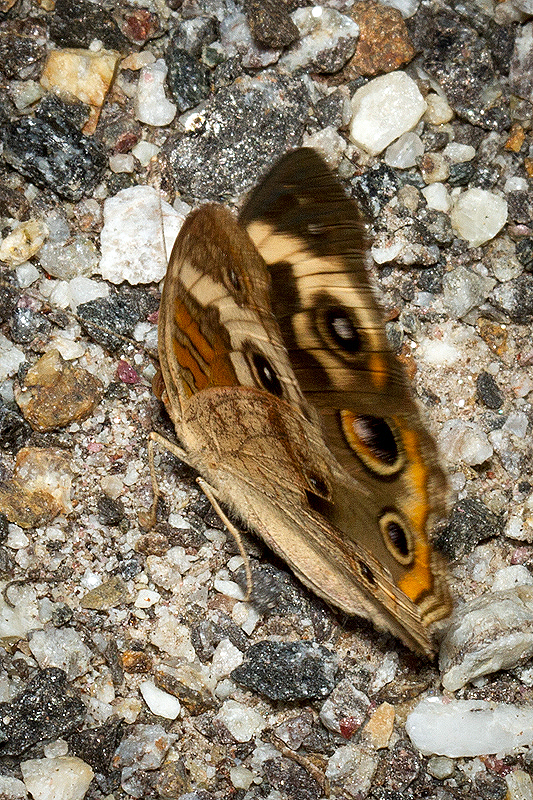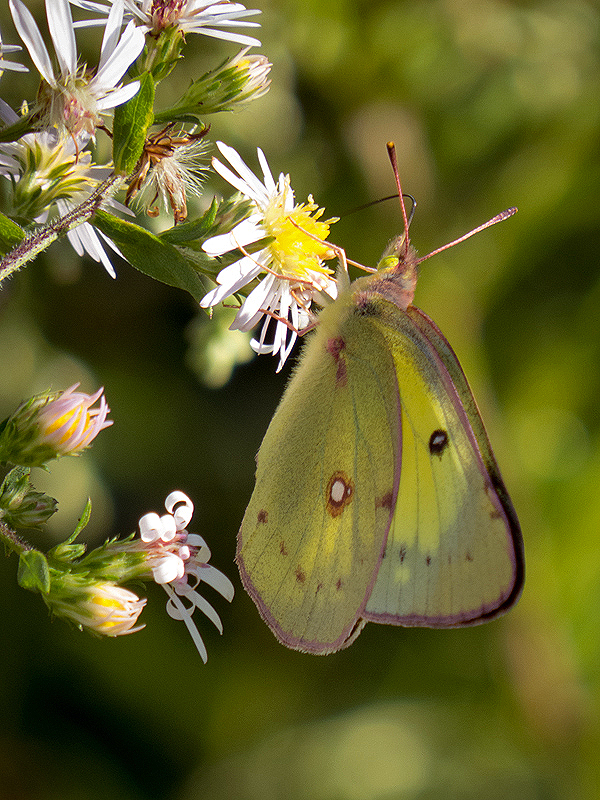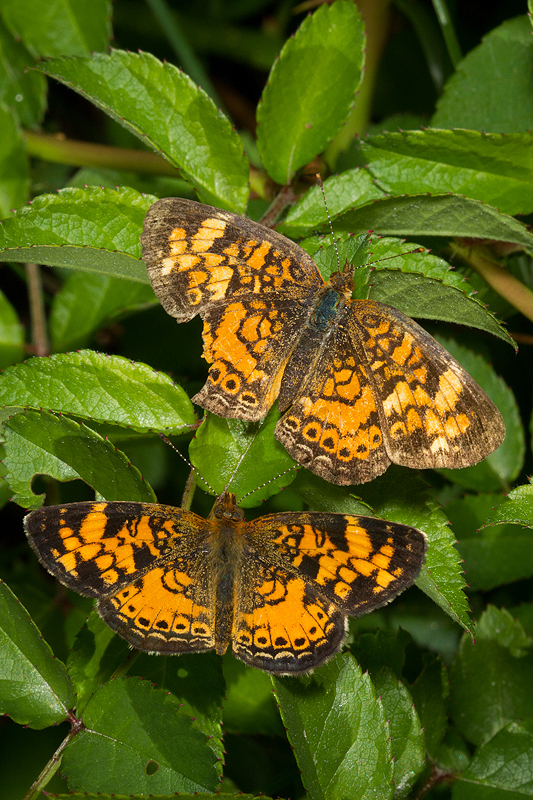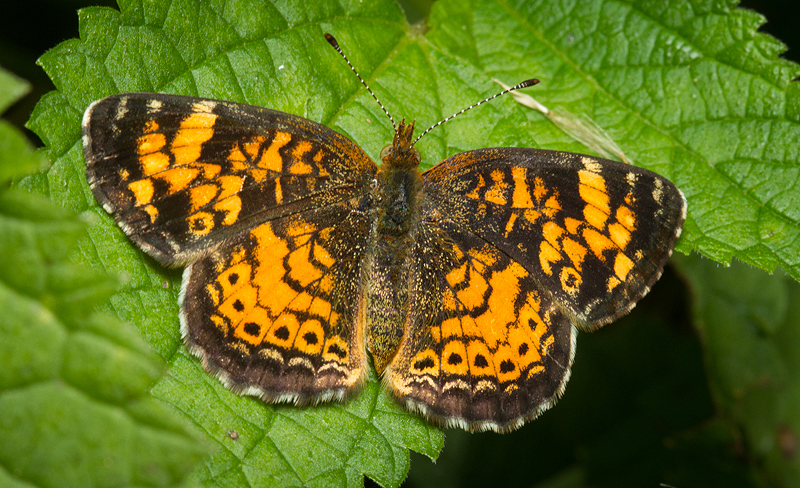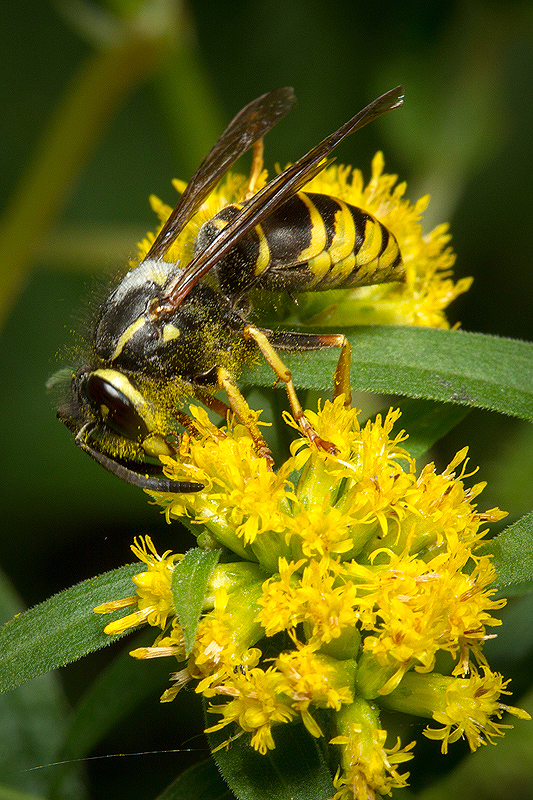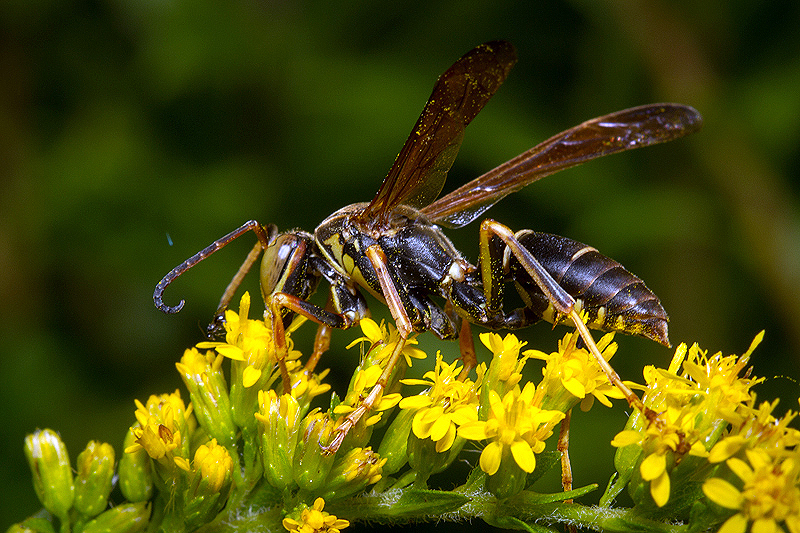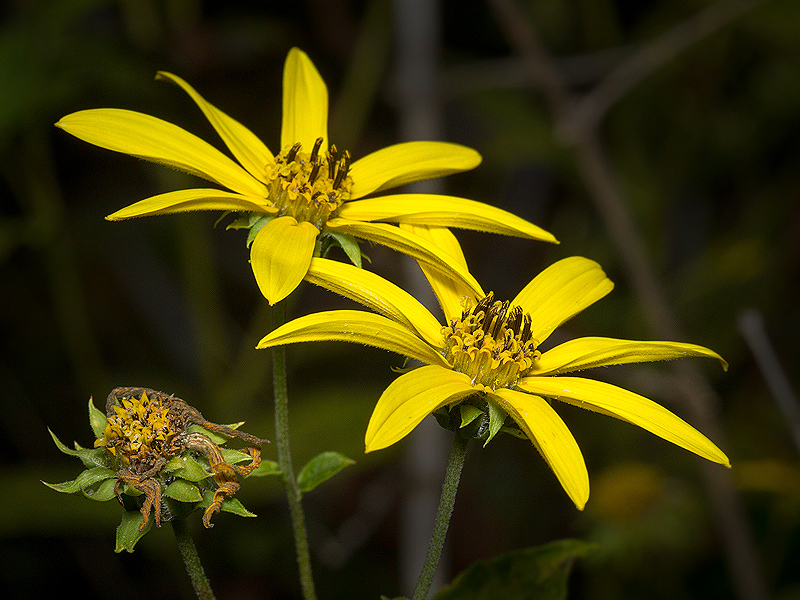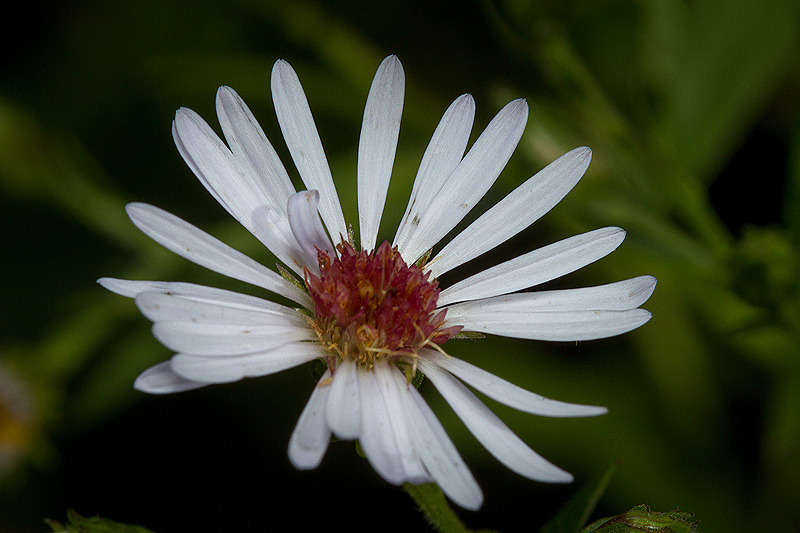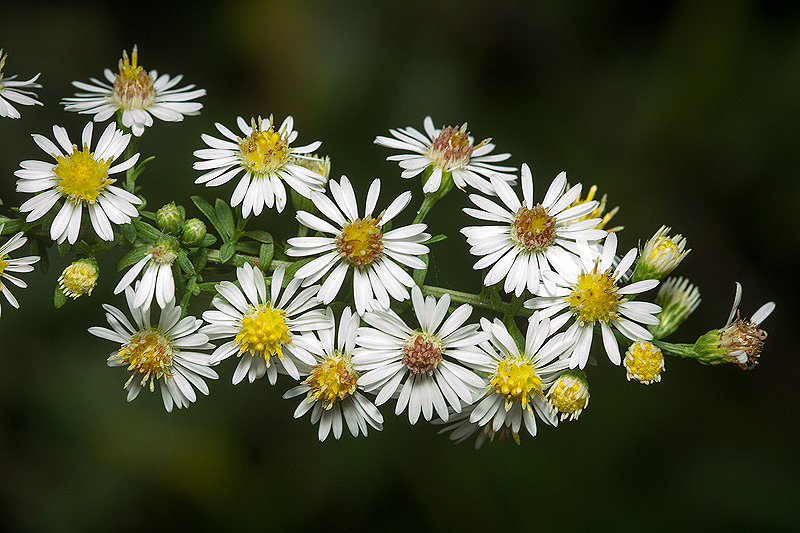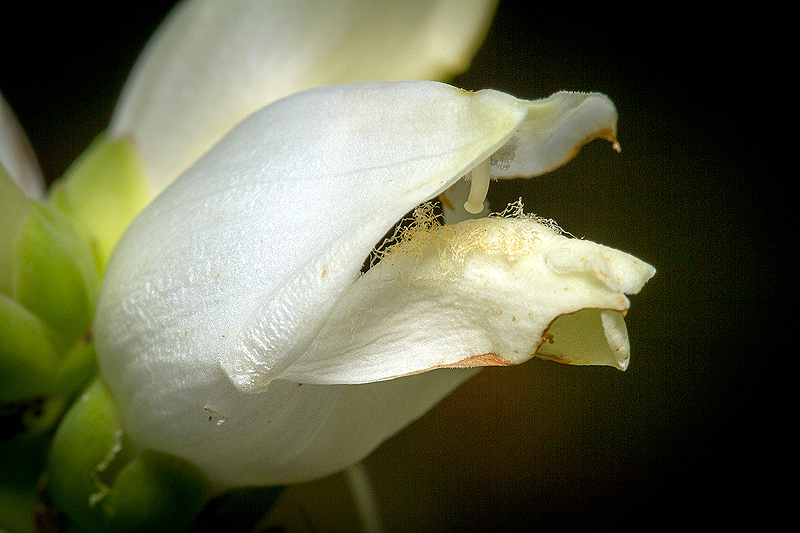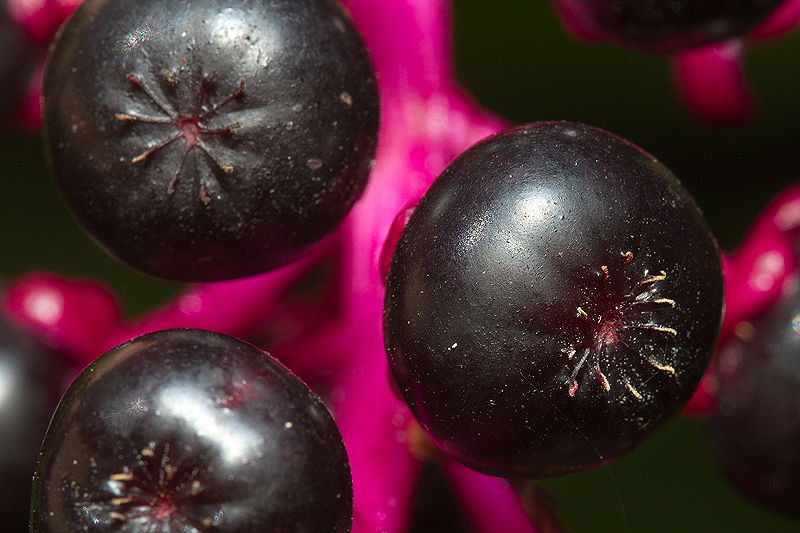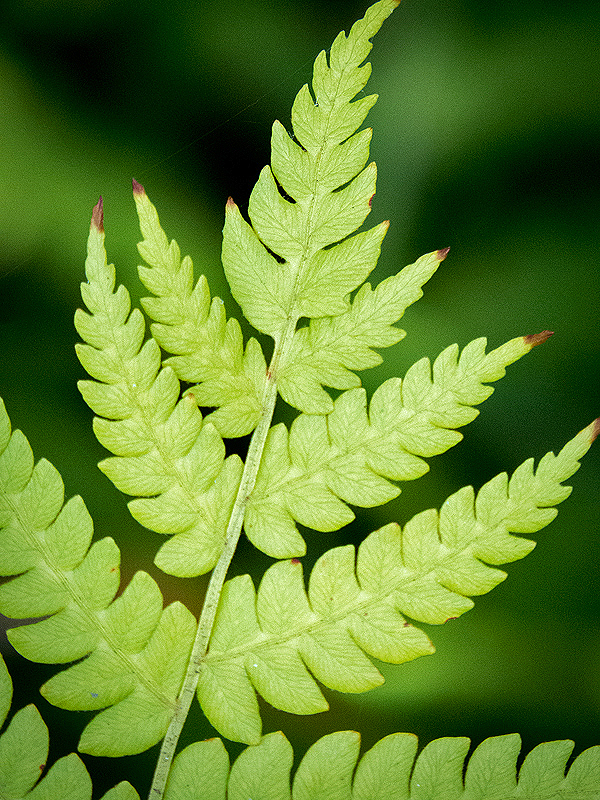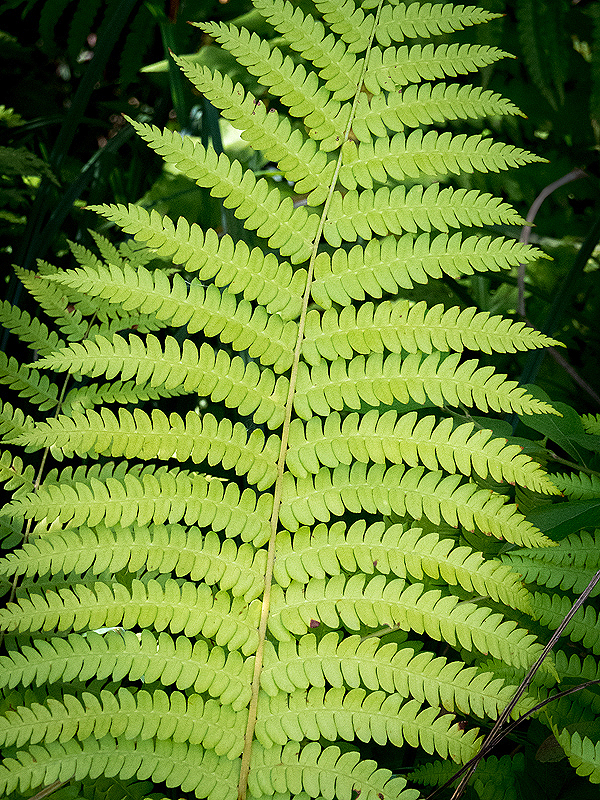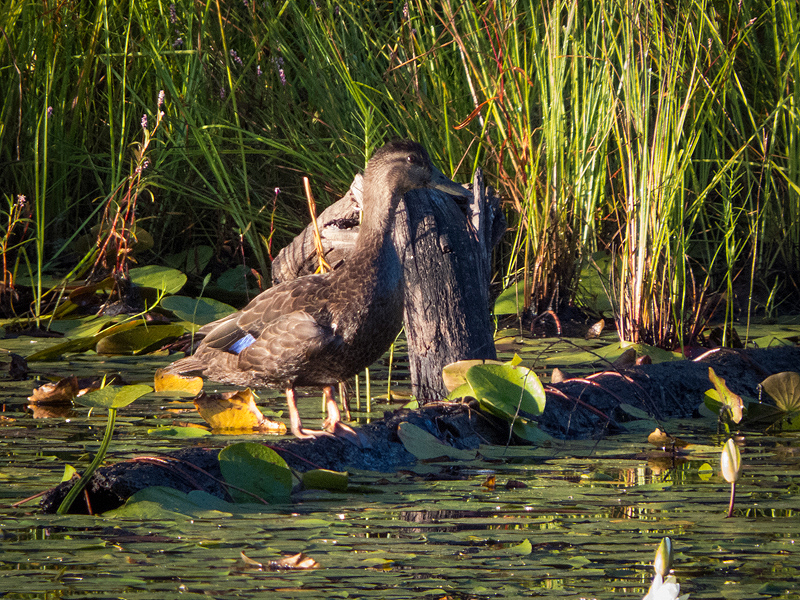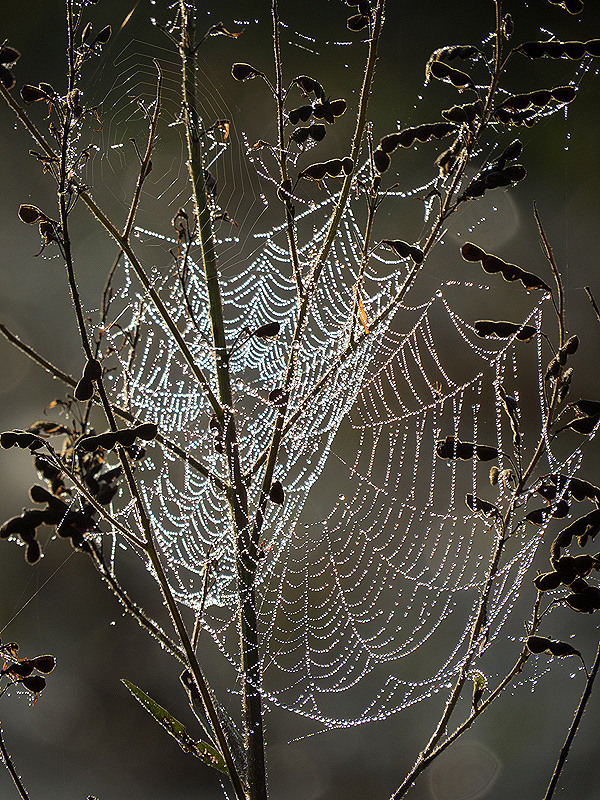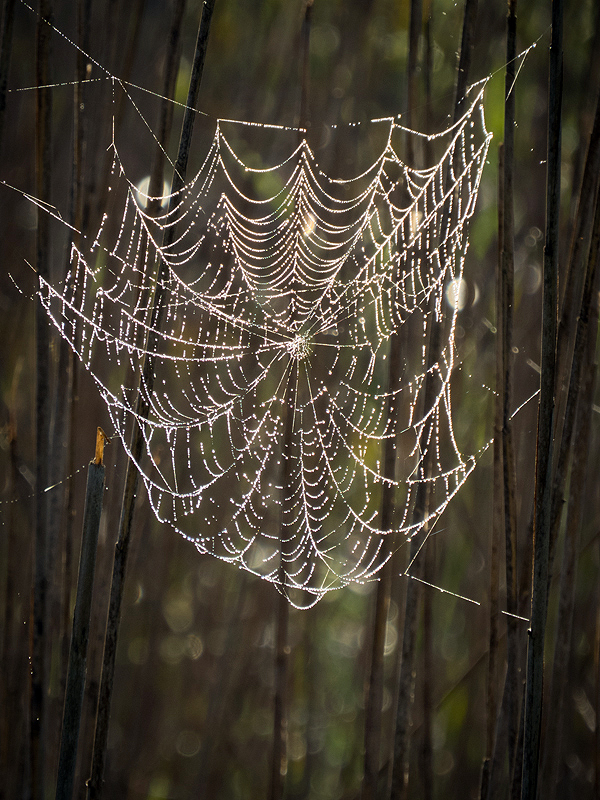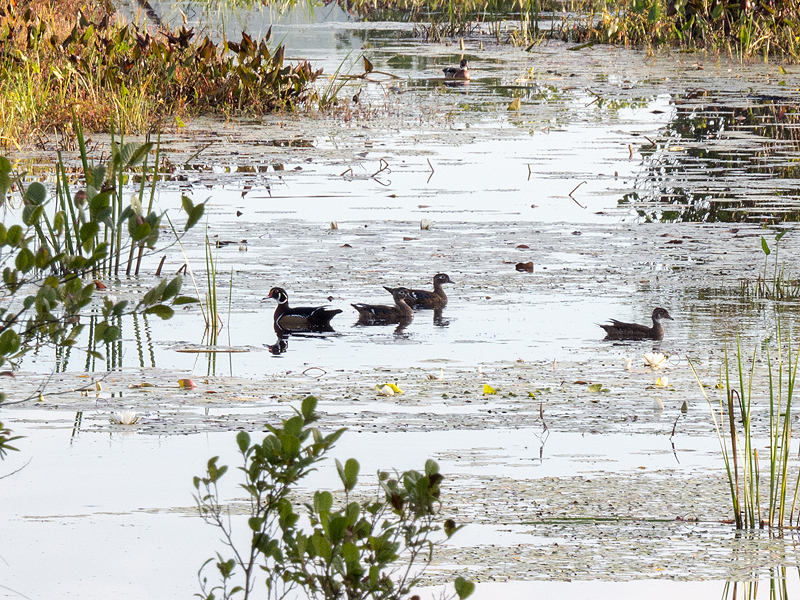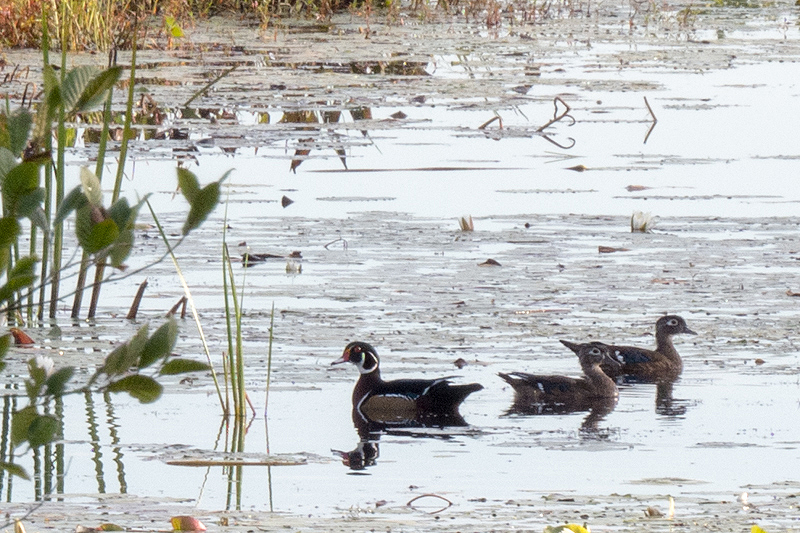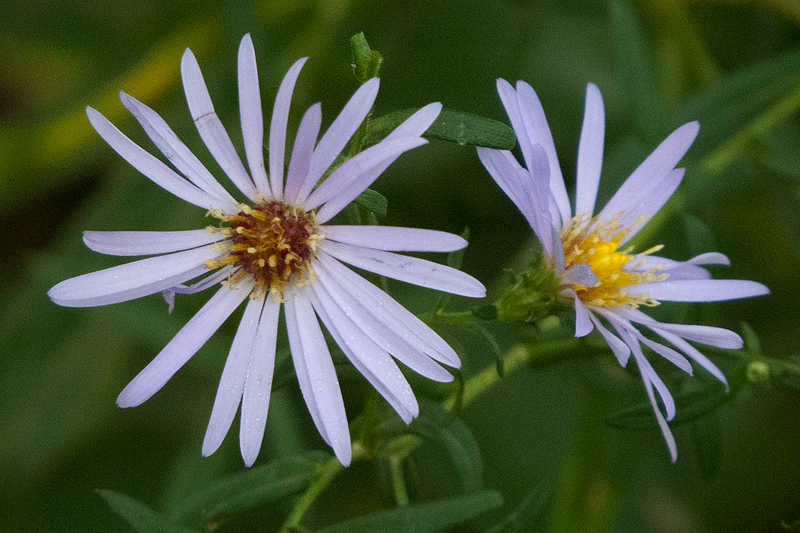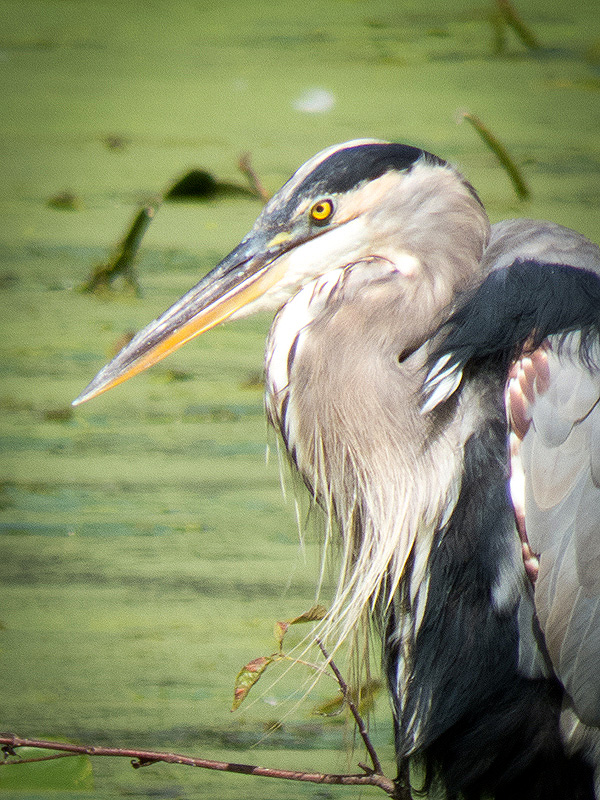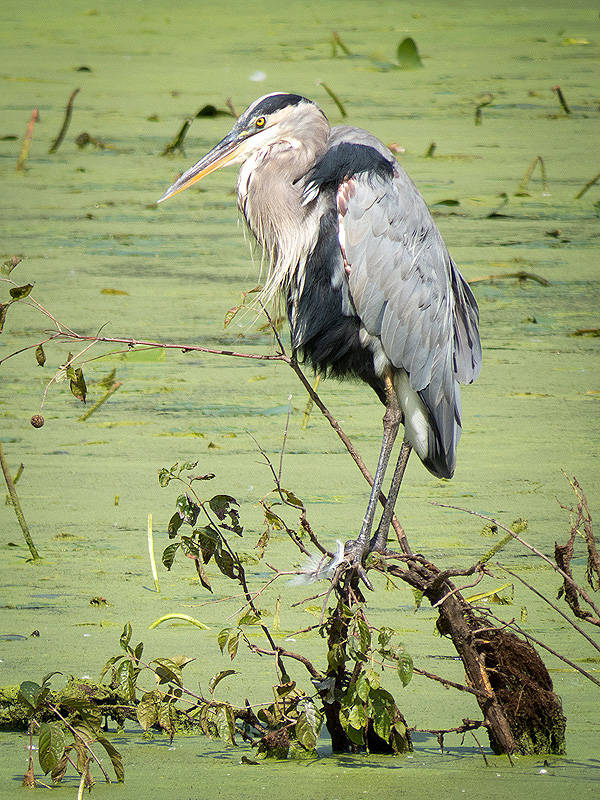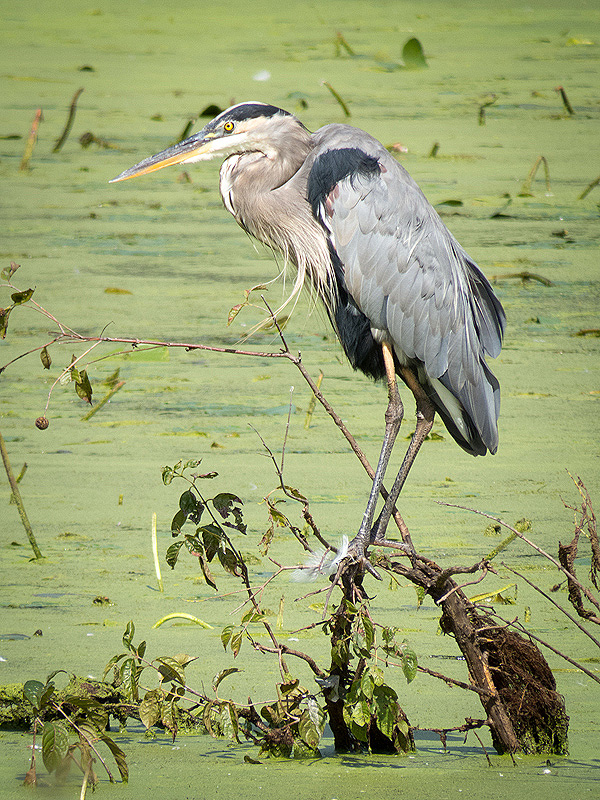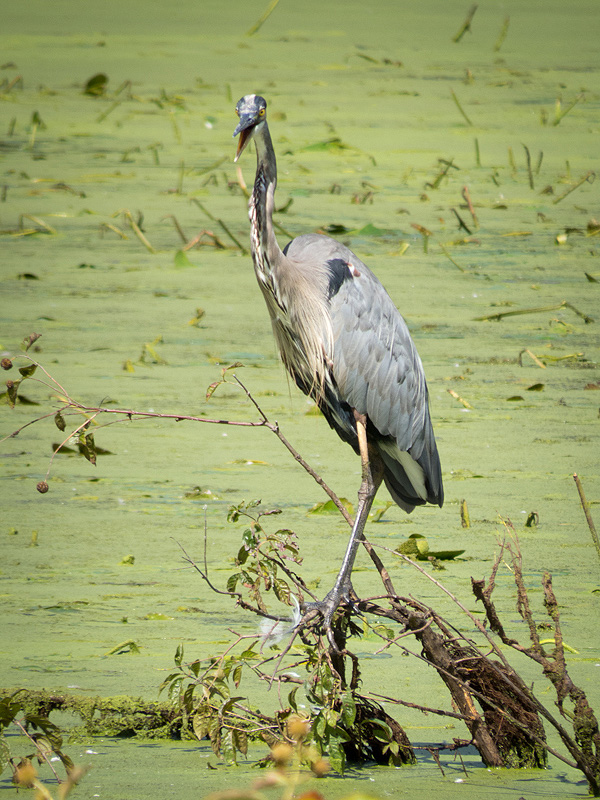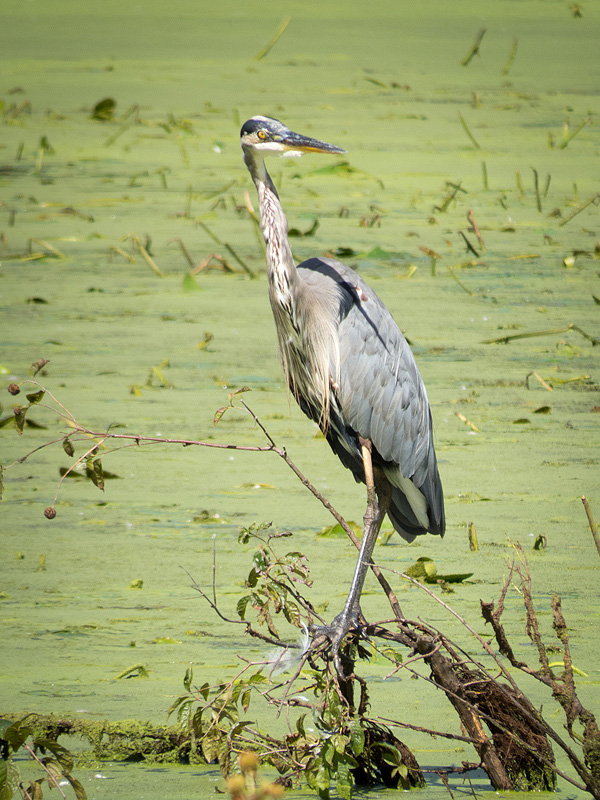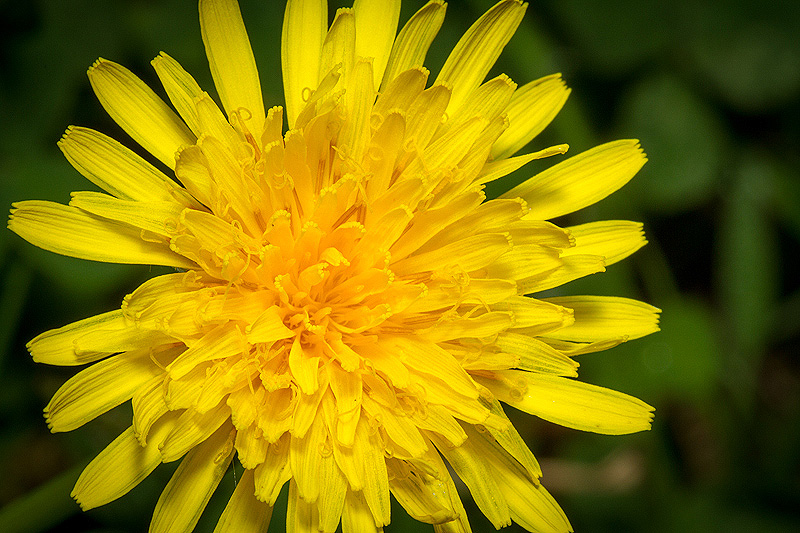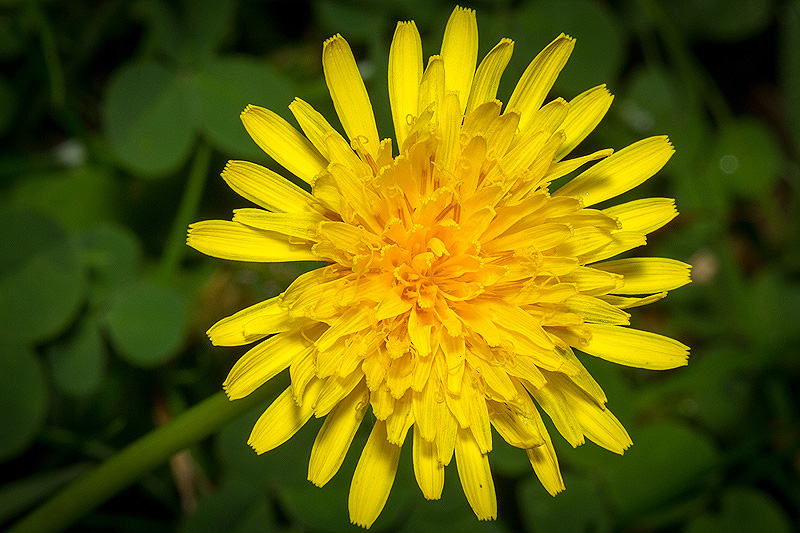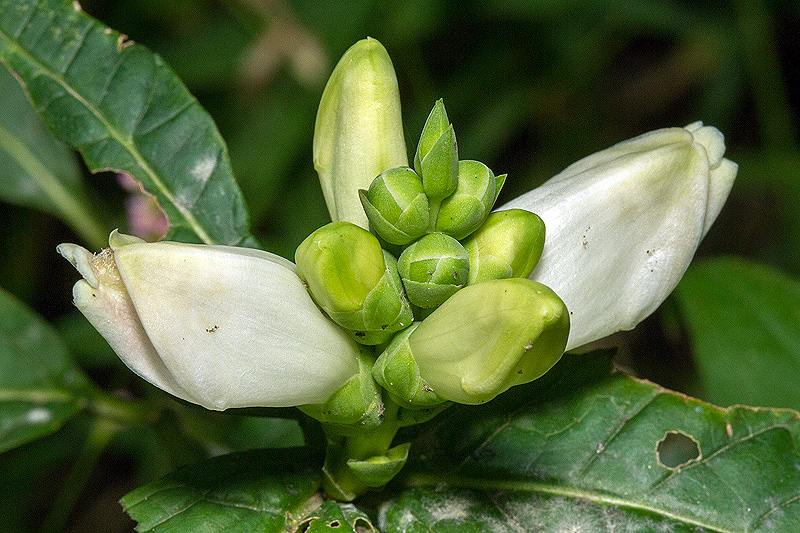Along the Air Line... 2016 - Summer, Part 5 The Air Line Trail in Eastern Connecticut - Stan Malcolm Photos |
mHome Page Stan's FlickR Albums |
September 15th. An afternoon walk east from Cook Hill Road in Lebanon to the power lines. Spotted Knapweed (Centaurea maculosa). |
|
Most of the Bull Thistles (Circium vulgare) were gone to seed, a few still blooming. |
|
|
Queen Anne's Lace (Daucus carota). |
|
|
Ant on Queen Anne's Lace. |
Wasp, ditto. |
Nice to see a Monarch (Danaus plexippus). |
|
|
...and its near mimic, a Viceroy (Limenitis archippus). |
A Common Buckeye (Junonia coenia). In fact, not common at all in Connecticut but listed as a "vagrant", meaning they migrate north into the region in warmer months - more often along the coast - but do not survive our winters. This one has survived bird pecks to its hind wings. |
|
Most likely a female Clouded Sulphur (Colias philodice), or perhaps a hybrid with an Orange Sulphur. |
Pearl Crescents (Phyciodes tharos). |
|
Honey Bees (Apis mellifera) were active on goldenrod and other flowers. |
This bee is on invasive Japanese Knotweed (Fallopia japonica). |
A Yellowjacket wasp (Vespula sp.). |
Another Vespid wasp, this one a male (note the curled antenna tips). |
I'm guessing that this is Midwestern Tickseed-sunflower (Bidens aristosa). |
Several species of medium to small Asters blooming. |
One of the Smartweeds (Polygonum sp.). |
Another Aster. |
Turtlehead (Chelone glabra). |
Pokeweed (Phytolacca americana) berries. |
Ferns still looking good. |
|
Virginia Creeper (Parthenocissus quinquefolia) is among the first leaves to turn color as fall approaches. |
|
September 17th. Wood Ducks (Aix sponsa) at Raymond Brook Marsh. |
|
Female Mallard (Anas platyrhynchos). |
September 19th. Asters. |
Dew on backlit spiderwebs with Tick Trefoil seeds. |
|
|
Wood Ducks (Aix sponsa). |
|
Asters. |
September 21st, early afternoon at Cranberry Bog inj East Hampton. Great Blue Heron (Ardea herodius). |
|
|
|
|
|
Dandelion (Taraxacum officinale). |
|
|
Turtlehead (Chelone glabra). And that will do it for Summer, 2016. |
